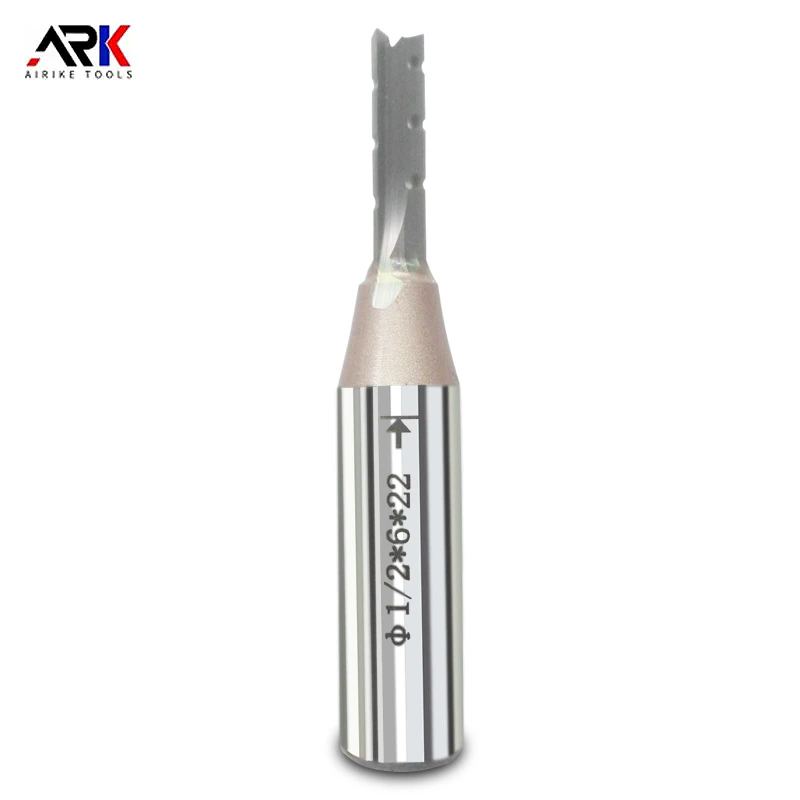Woodworking Milling Cutter: A Key Tool for Precision and Efficiency
2025-03-05
Woodworking is an art that requires precision, skill, and the right tools. Among the essential tools used in the craft, the woodworking milling cutter plays a crucial role in shaping, cutting, and refining wooden materials. Whether used by professional carpenters or hobbyists, milling cutters provide the efficiency and accuracy needed for intricate designs and smooth finishes. In this blog, we will explore the types of woodworking milling cutters, their applications, and how to choose the right one for your project.
What is a Woodworking Milling Cutter?
A woodworking milling cutter is a specialized cutting tool designed for shaping and finishing wood surfaces. It is commonly used with milling machines, routers, and CNC machines to create precise cuts, grooves, and decorative edges. These cutters come in different shapes and sizes, allowing woodworkers to achieve various patterns and designs with ease.
Types of Woodworking Milling Cutters
1. Straight Cutters
These are used for making straight grooves, slots, and rebates in wooden boards. They are ideal for general-purpose cutting and shaping.
2. End Mill Cutters
These cutters are commonly used in CNC machines for detailed carving and contouring. They come in various diameters and flute designs to suit different materials and cutting depths.
3. Ball Nose Cutters
Perfect for creating curved edges and 3D shapes, ball nose cutters are widely used in decorative woodworking and intricate carving projects.
4. Dovetail Cutters
These cutters are essential for crafting dovetail joints, which are commonly used in cabinet making and furniture assembly. They provide strong and aesthetically pleasing joints.
5. Chamfer Cutters
Designed for beveling edges, chamfer cutters are used to create smooth transitions between surfaces and enhance the appearance of finished wooden pieces.
6. Finger Joint Cutters
Used for making strong, interlocking joints, these cutters are essential for constructing long wooden panels and furniture components.
7. T-Slot Cutters
These are used for creating T-shaped slots in wood, which are often needed in custom woodworking projects and specialized furniture assembly.
Applications of Woodworking Milling Cutters
1. Furniture Making
Milling cutters are widely used in the production of furniture, including tables, chairs, cabinets, and doors. They help achieve smooth finishes and precise joint connections.
2. Cabinetry and Joinery
From creating dovetail joints to decorative moldings, milling cutters play a vital role in crafting high-quality cabinets and wooden interiors.
3. Wood Carving and Decorative Designs
Intricate patterns, textures, and custom engravings can be easily achieved using specialized milling cutters, making them ideal for artistic woodworking.
4. Flooring and Panel Processing
These cutters are essential for creating tongue-and-groove joints in flooring panels, ensuring a secure fit and smooth finish.
5. DIY and Hobby Projects
Hobbyists and DIY enthusiasts use milling cutters for various small-scale projects, including wooden crafts, sculptures, and home décor.
How to Choose the Right Woodworking Milling Cutter
1. Consider the Material
Different types of wood require specific cutters. Hardwoods like oak and mahogany need durable, carbide-tipped cutters, while softer woods can be processed with high-speed steel cutters.
2. Determine the Cutting Task
The type of cut you need to make will determine the best milling cutter. For straight cuts, use straight cutters, while for curved designs, ball nose cutters are more suitable.
3. Check the Cutter Size and Shape
The size and shape of the cutter should match your project requirements. Larger cutters work well for bulk material removal, while smaller ones are ideal for detailed work.
4. Choose the Right Flute Design
Cutters with more flutes provide a smoother finish but remove material more slowly. Fewer flutes allow for faster cutting but may leave a rougher surface.
5. Select the Proper Coating
Coatings like titanium nitride or carbide help improve durability and reduce wear, ensuring longer tool life and better performance.
Maintaining Your Woodworking Milling Cutter
1. Regular Cleaning
Remove dust and wood residue after each use to prevent buildup and maintain sharpness.
2. Proper Storage
Store cutters in a dry place and use protective cases to avoid damage and rust.
3. Sharpening When Needed
Over time, milling cutters may lose their sharpness. Regular sharpening will ensure consistent performance and extend their lifespan.
4. Use Appropriate Cutting Speeds
Running the cutter at the correct speed prevents overheating and ensures a smooth cut without burning the wood.
Conclusion
Woodworking milling cutters are essential tools that help craftsmen achieve precision, efficiency, and creativity in their projects. With a variety of cutter types available, selecting the right one for your specific task can significantly improve your woodworking experience. By understanding their applications and proper maintenance, you can ensure that your milling cutters remain in top condition and deliver exceptional results for years to come. Whether you are a professional carpenter or a woodworking enthusiast, investing in high-quality milling cutters is key to achieving outstanding craftsmanship.



